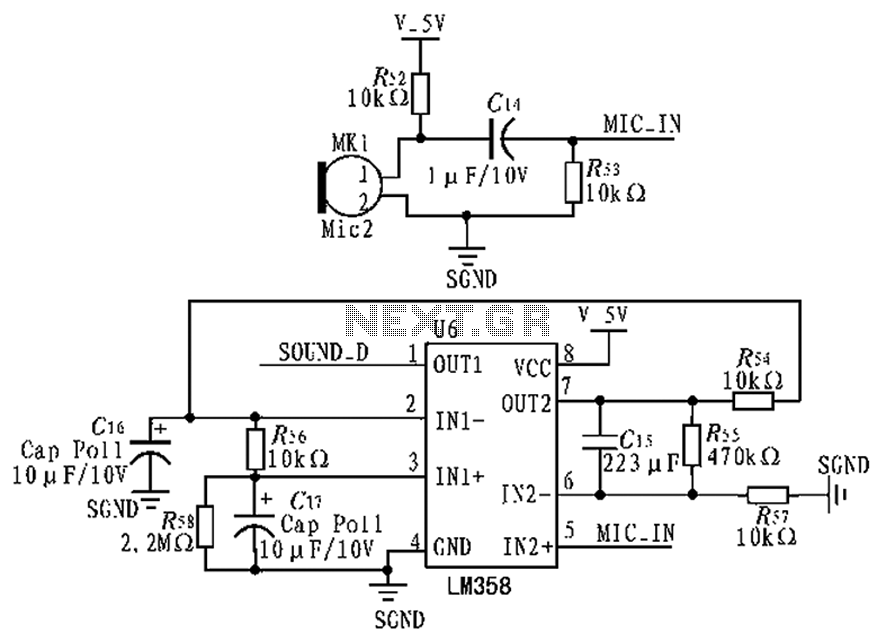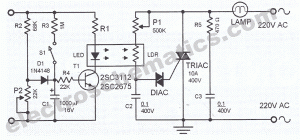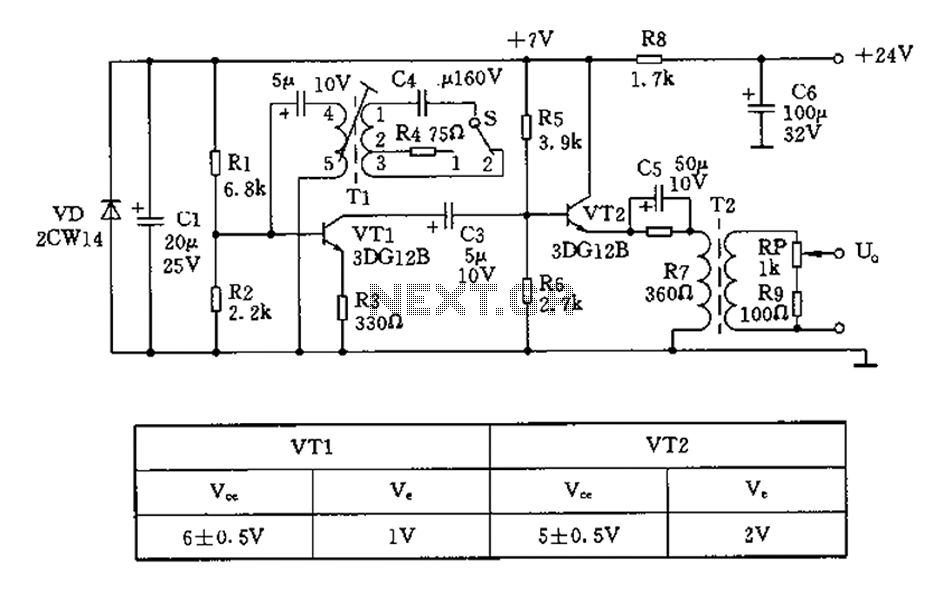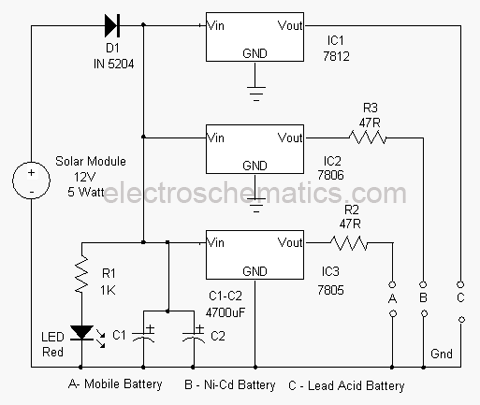
Half-wave synchronous detection circuit by a switching circuit

Analog switches alternately pass and block the input signal through a low-pass filter to create a pulsating flow smoothing effect, converting it into a direct current (DC) signal. The operational amplifier, referred to as OP Xiao Ai, functions as an enhanced buffer amplifier. A low-pass filter is implemented following the input resistance to ensure that the output resistance remains low. The addition of a DC blocking capacitor (C) is crucial to prevent errors or drift in the preamplifier's DC offset, which can negatively impact circuit performance. The capacitor's value must be chosen to guarantee that the signal frequency maintains a sufficiently low impedance. The operational amplifier A2 serves as a zero-crossing comparator, and it is essential to select an integrated circuit (IC) with an appropriate conversion speed to avoid phase delay. Since the reference input may contain noise, it is advisable to incorporate some hysteresis (positive feedback). If a sinusoidal waveform signal crosses the threshold, and if TTL levels are applicable, a C-MOS analog switch can be utilized to simplify the configuration of the open transistor switching circuit.
The described circuit employs analog switches to manage the flow of input signals effectively, ensuring that only the desired components are passed through the low-pass filter. This filtering action is critical for converting pulsating signals into a stable DC output, which is essential in various applications requiring consistent voltage levels.
The operational amplifier, designated as OP Xiao Ai, is configured as a buffer to prevent loading effects on the preceding stage while amplifying the filtered signal. The low-pass filter's design must account for the input and output resistances to maintain signal integrity. The introduction of a DC blocking capacitor is a standard practice in signal processing to eliminate unwanted DC offsets that can distort the output. The choice of capacitor value is vital; it must be low enough to allow the desired frequency components to pass while blocking DC.
Operational amplifier A2's role as a zero-crossing comparator is critical in applications such as waveform generation and phase detection. The selection of an IC with a fast conversion speed is paramount to minimize phase delays, which can lead to inaccuracies in timing-dependent applications. Additionally, implementing hysteresis in the feedback loop helps to stabilize the comparator's output in the presence of noisy signals, ensuring reliable operation.
For applications where the signal crosses a defined threshold, using TTL levels can facilitate the integration of C-MOS analog switches. These switches offer low on-resistance and high-speed operation, making them suitable for high-frequency applications. The use of C-MOS technology simplifies the overall design, reducing component count and enhancing reliability in the switching circuit configuration.Analog switches alternately pass, off the input signal by the low pass filter to make pulsating flow smoothing (removing pulsating become DC). OP Xiao Ai is an enlarged buffer amplifier, together with a low-pass filter behind weeping input resistance contrast, output resistance must be small. If you do not add a DC blocking capacitor C, error or drift preamp DC offset generated will affect circuit performance, capacity should be chosen to ensure that the signal frequency sufficient small impedance 6 OP amplifier A2 is zero cross comparator, should be selected conversion speed of Ic, or will cause a phase delay.
Reference input contains noise, should add some hysteresis (positive feedback) port sinusoidal waveform signal crossing the premise that if you can use the TTL level, you can use C-MOS analog switch to simplify configuration of open Trlz switching circuit.
The described circuit employs analog switches to manage the flow of input signals effectively, ensuring that only the desired components are passed through the low-pass filter. This filtering action is critical for converting pulsating signals into a stable DC output, which is essential in various applications requiring consistent voltage levels.
The operational amplifier, designated as OP Xiao Ai, is configured as a buffer to prevent loading effects on the preceding stage while amplifying the filtered signal. The low-pass filter's design must account for the input and output resistances to maintain signal integrity. The introduction of a DC blocking capacitor is a standard practice in signal processing to eliminate unwanted DC offsets that can distort the output. The choice of capacitor value is vital; it must be low enough to allow the desired frequency components to pass while blocking DC.
Operational amplifier A2's role as a zero-crossing comparator is critical in applications such as waveform generation and phase detection. The selection of an IC with a fast conversion speed is paramount to minimize phase delays, which can lead to inaccuracies in timing-dependent applications. Additionally, implementing hysteresis in the feedback loop helps to stabilize the comparator's output in the presence of noisy signals, ensuring reliable operation.
For applications where the signal crosses a defined threshold, using TTL levels can facilitate the integration of C-MOS analog switches. These switches offer low on-resistance and high-speed operation, making them suitable for high-frequency applications. The use of C-MOS technology simplifies the overall design, reducing component count and enhancing reliability in the switching circuit configuration.Analog switches alternately pass, off the input signal by the low pass filter to make pulsating flow smoothing (removing pulsating become DC). OP Xiao Ai is an enlarged buffer amplifier, together with a low-pass filter behind weeping input resistance contrast, output resistance must be small. If you do not add a DC blocking capacitor C, error or drift preamp DC offset generated will affect circuit performance, capacity should be chosen to ensure that the signal frequency sufficient small impedance 6 OP amplifier A2 is zero cross comparator, should be selected conversion speed of Ic, or will cause a phase delay.
Reference input contains noise, should add some hysteresis (positive feedback) port sinusoidal waveform signal crossing the premise that if you can use the TTL level, you can use C-MOS analog switch to simplify configuration of open Trlz switching circuit.





